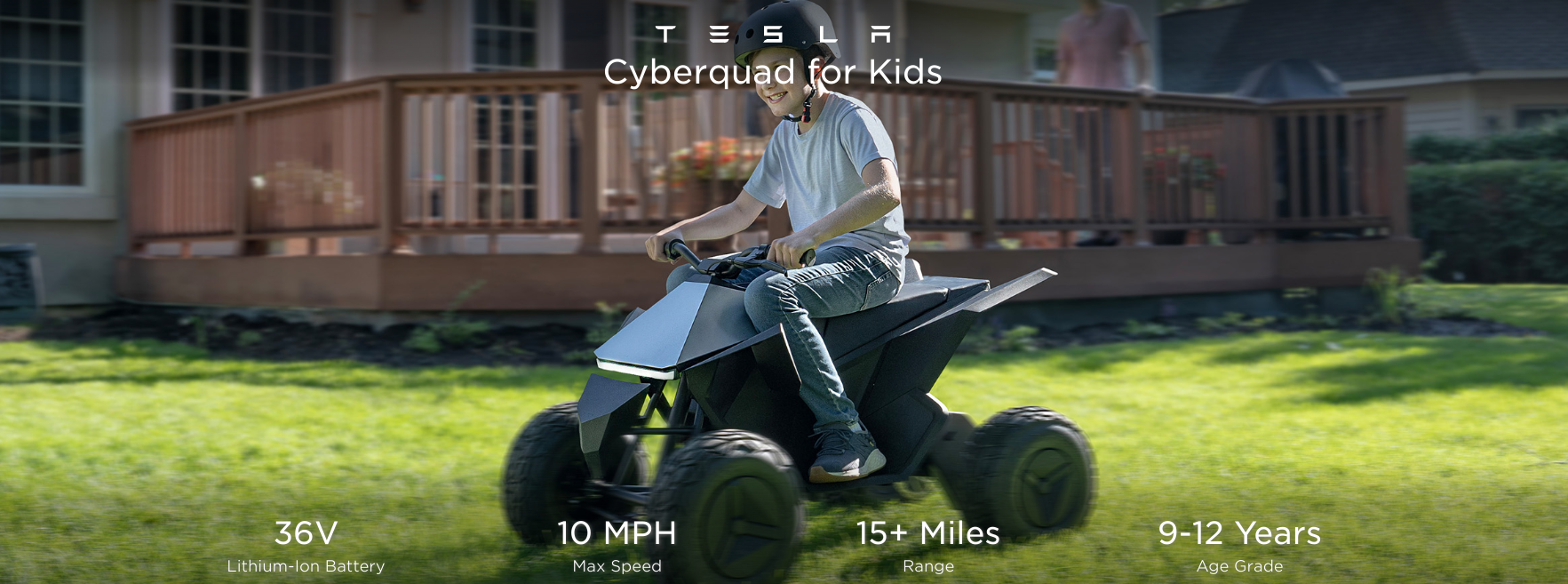Sign up for daily news updates from CleanTechnica on email. Or follow us on Google News!
Spanish wind power developer BlueFloat Energy is set to build an offshore wind farm in a location bordering the provinces of Ilocos Norte and Cagayan Valley in the north of the Philippines. Though the precise location is yet to be determined, the “pin drops” at the town of Claveria in province of Cagayan some 608 km (388 miles) from the capital of Manila.
This information was released by Governors Matthew Marcos Manotoc of Ilocos Norte and Manuel N. Mamba Sr. of the Province of Cagayan.
Governor Manotoc said in a Facebook post that his team, “met with the executives of Bluefloat Energy to discuss a possible partnership between the Provincial Government and the company on building offshore wind turbines in Ilocos Norte. Bluefloat Energy is a fast-growing offshore wind developer that transforms global energy by bringing scaled decarbonization solutions to new markets.”
Through a social media post of the Cagayan Valley Provincial Government, Governor Mamba Sr. expressed his support for a BlueFloat floating wind farm project in his province. He said that the project is, “a significant investment in the renewable energy sector” and that it will, “create jobs, boost the local economy, and help to position Cagayan Valley as a leader in renewable energy development.”
The project is still in its very early stages of development. Its total power output potential has been determined, but has yet to be announced. BlueFloat’s four sites in the Philippines are expected to have a combined capacity of 7.6 gigawatts (GW), making it one of the largest offshore wind projects in the world.
More Than Just A Courtesy Call
BlueFloat executives, led by Philippines president Raymund Pascual and senior development advisor for the Asia-Pacific Region, Jarek Pole, sat down with the governors on separate visits to explain the details of the floating wind turbine project.
“We are at the very early stage of this project but BlueFloat is already investing heavily in the research not only of the marine ecosystem but developing relevant, meaningful and mindful engagements with local and national government agencies and proceeding towards the communities who will directly benefit from our offshore wind projects,” Pascual told CleanTechnica.
He also emphasized their careful, methodical and scientific approach as one that would adapt a ‘stepping stones’ method. Being the bearer of the country’s largest WESC at a cumulative number of 7.6 GW total overall in four areas, Pascual is confident to ensure a trickle-down economy effect to all Filipinos in the next 5 to 10 years from development to construction and operation stages.
He reiterated BlueFloat’s alignment with the Philippine Development Plan 2023-2028, which is a ‘whole of government, whole of society’ approach.
“This is a major development for Ilocos Norte and for the Philippines as a whole,” Manotoc said in his Facebook post. “Offshore wind has the potential to revolutionize our energy sector and help us achieve our clean energy goals.”
Working Closely With Local Communities
In a report that appeared in the Philippine News Agency website, the BlueFloat officials said that it will use its floating wind expertise and experience to best develop the project in the province.
Extraction of wind energy is not new to the region, as the earliest and still largest onshore wind farm is located in Bangui, about 60 kilometers (37 miles) from the region’s capital, Laoag.
“We are now at working on a feasibility project here in Ilocos, and in three other locations which we have leases for wind power development. The feasibility study is just part one of the wind energy project and will include working closely with local communities, the national and local governments as well as other stakeholders to ensure compliance not only to regulatory standards for environmental protection but also to ensure that livelihood in the targeted areas will be enhanced. We are looking at improving the lives of the people in the surrounding communities,” Pole told CleanTechnica.
Pole, who worked with the offshore wind projects in New Zealand and in Europe, is sensitive to the needs of the cultural communities, assuring local government executives that they will respect beliefs and customs particular to the areas where the OSW turbines will be built, while providing long-term direct benefits, such as employment and entrepreneurial opportunities for host communities.
Bordering Ilocos Norte & Cagayan
The OSW platforms will be built along the waters bordering Ilocos Norte and Cagayan, where the offshore wind resource is highest, according to the Philippine Offshore Wind Roadmap. The roadmap, created in collaboration with the Philippine Department of Energy (DoE) mentioned that the Philippines has potential to install 21GW of offshore wind power “with the right long-term vision, infrastructure development, investment, and policies.”
To further proceed with the BlueFloat Energy project in the region, other technical activities need to be done after the feasibility study. These include confirming wind speed and volume measurements, which can be done more accurately using LiDAR technologies, while the determination of using either a full floating or an anchored (bottom-fixed) wind turbine will depend on further deep-water surveying.
The project will be so big that it will require the ports, landings, large warehouses, and other massive infrastructure to be built, which will be a direct economic contribution to the region in terms of manpower requirement for contractors who will design and build these projects.
The construction alone of an offshore wind farm is a long, complex, and challenging task.
It typically involves using specialized vessels to transport and install the wind turbines and other infrastructure. Once the wind turbines are installed, they must be tested and commissioned to ensure that they are operating properly. Once operational, it must be maintained on a regular basis to ensure that it continues to operate safely and efficiently. After some 40 years, these will be decommissioned and disassembled afterward, and new ones added or replacements installed.
BlueFloat will use cutting-edge floating technology in both bottom-fixed and floating systems. The energy firm has about 32.4 gigawatts of planned capacity in Australia, Columbia, France, Italy, New Zealand, Portugal Spain, the Philippines, Taiwan, and the United Kingdom.
BlueFloat’s four projects in the Philippines will be significant energy developments for the country, which is currently grappling with a growing power crisis. The country relies heavily on imported fossil fuels, which makes it vulnerable to price fluctuations and supply disruptions.
Offshore wind has the potential to provide the Philippines with a clean and reliable source of energy that is not subject to these same risks.
Have a tip for CleanTechnica? Want to advertise? Want to suggest a guest for our CleanTech Talk podcast? Contact us here.
EV Obsession Daily!
I don’t like paywalls. You don’t like paywalls. Who likes paywalls? Here at CleanTechnica, we implemented a limited paywall for a while, but it always felt wrong — and it was always tough to decide what we should put behind there. In theory, your most exclusive and best content goes behind a paywall. But then fewer people read it!! So, we’ve decided to completely nix paywalls here at CleanTechnica. But…
Thank you!
Tesla Sales in 2023, 2024, and 2030
CleanTechnica uses affiliate links. See our policy here.




